Historically, most styles of kimonos are for women. There are types of kimonos for every occasion, and they are ranked by formality. Many are for special occasions only, but there are plenty that you can wear out on the town.
Type of Kimonos for Women
Shiromuku
“Shiromuku” are embroidered, all-white wedding kimonos worn by the bride during her wedding ceremony. As with Western wedding dresses, the white of shiromuku symbolizes purity, a concept essential to Japan’s culture and religions. Japanese Style carries shiromuku in our wedding kimono section alongside uchikake.

Shiromuku kimono
Uchikake
Our Kimonos “Uchikake” are worn by the bride at weddings. They trail gracefully along the floor as the bride walks, like the train of Western wedding dresses. Traditionally, they are white or red and bursting with colorful overlaid patterns. If you are looking for an Eastern spin on wedding elegance, we have a variety of uchikake for sale!
Furisode
“Furisode” are women’s formal kimonos, with sleeves that drape nearly to the floor and a beautiful image across the entire robe that looks not unlike a framed piece of textile art. Rarely The furisode are worn for other occasions.
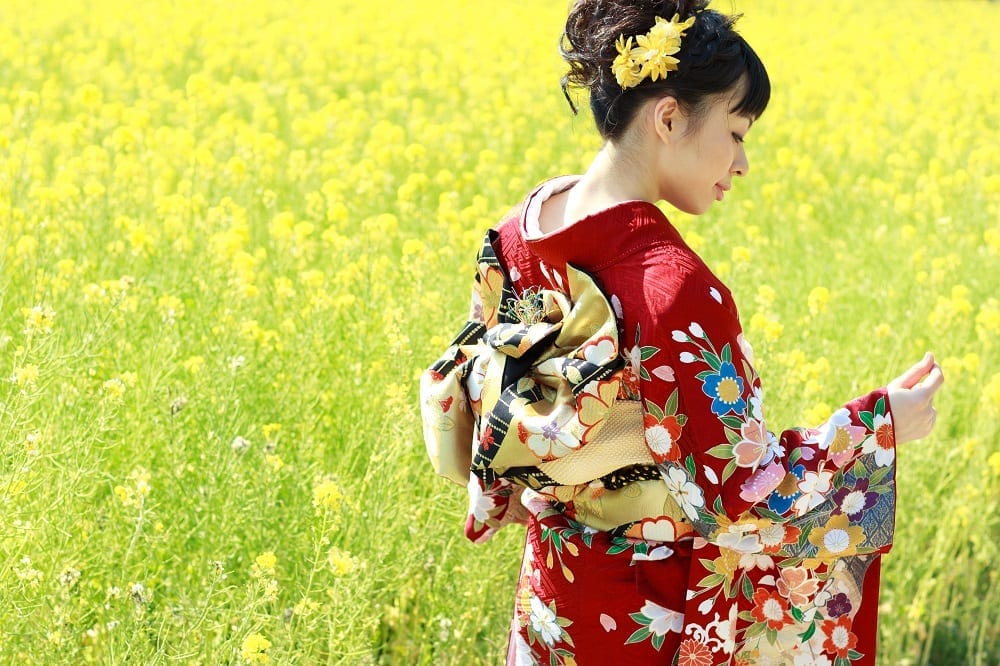
Furisode kimono
Tomesode
A “Tomesode” kimono is worn by married women and has sleeves that fall to a much higher point than furisode sleeves. Their formality depends on their number crests. Black is a common color for tomesode.
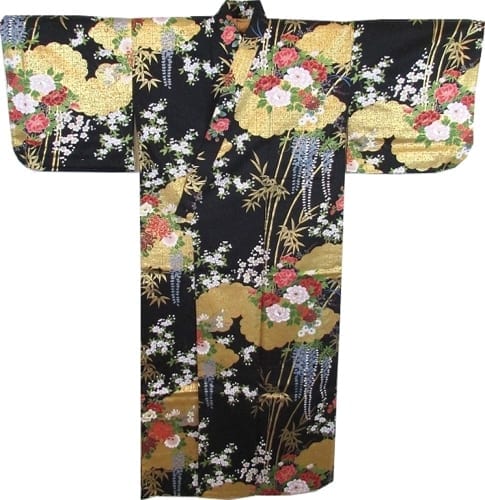
Tomesode kimono
Houmongi
“Houmongi” are simpler kimonos and have patterns across the dress. They are common for formal parties and events. They are slightly less formal than tomesode, but only just. We make sure these make perfect gifts. Our kimonos will make you look great.
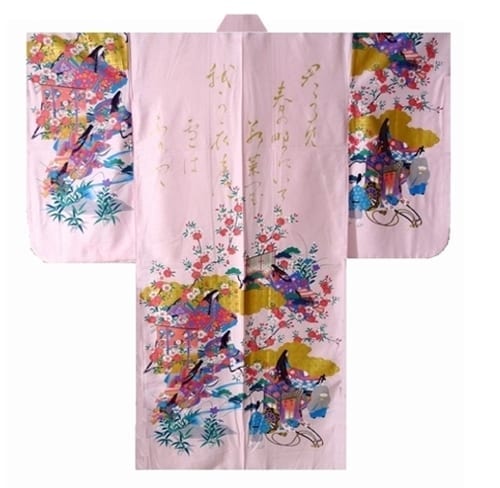
Houmongi kimono
Iromuji
All of our “Iromuji” are subtle garments that are monocolored. They are common at tea ceremonies and other traditional Japanese events, and they are the most informal kimono above the wear-around-town “komon.” Iromuji is the basic kimonos for upscale and semiformal events. We made sure these kimonos for women are perfect for any occasion.
The fashion shift from kosode and hakama to full-length kimonos happened over the following century when the kosode lengthened into a robe that could cover the legs when belted and thus eliminated many wearers’ need for hakama. The kimono, easy to wear and stylish, became a staple of everyday Japanese clothes from then onward. The Yoro clothing code, modeled after the Chinese court, further cemented the kimono’s presence by placing restrictions on dress and mandating a certain appearance on the Japanese people, especially the nobility.
Komon
“Komon” is the most common style of kimono for women and the kind which you will likely imagine when you think of one. They have fine, simple patterns. Most of our kimonos are komon, both vintage and otherwise.

Komon kimono
Have more questions? Email us!

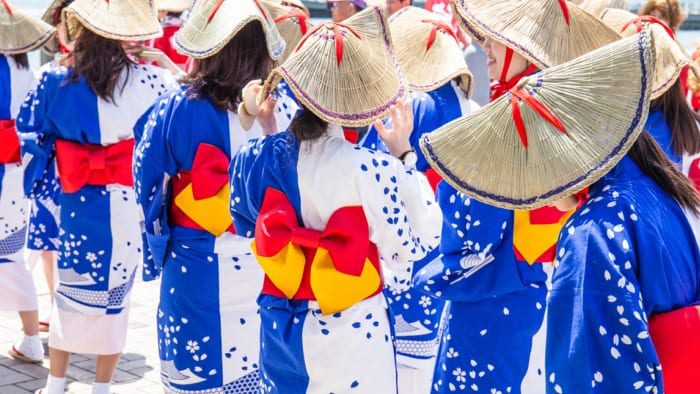

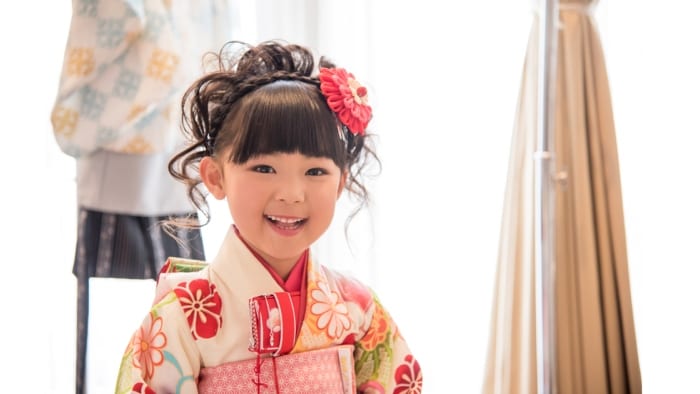
Comments are closed.